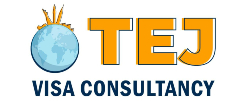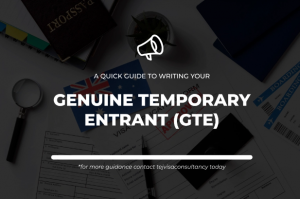Australia to Implement Canada-like Point-based Immigration System to Attract Immigrants

- Recently, the Australian government has proposed revamping the immigration system to simplify it and attract more skilled immigrants to the country. Immigration has always been a major source of economic and cultural enrichment for the country.
- The latest proposal for reform in the long-standing, rigid system comes from the idea of stopping immigrants from choosing countries like Canada. The Australian government is looking to bring in a simplified points-based system like Canada to attract skilled migrants to contribute to the labor market.
- Although Australia already has a point-based system, the quotes are limited to each occupation specific to its states and territories. The competition is high, and the processing time is longer compared to that of the points system used in the Canadian immigration process.
- Canada’s immigration points system is advanced and based on simpler eligibility criteria, fast-paced processing, and generous visa conditions. This makes it quite lucrative for highly talented and young immigrants.
- Canada’s immigration system is not a state-based affair either. The Constitution requires the federal government and the provincial government to share the responsibility for migration equally. This makes the application process seamless and easy to comprehend for migrants.
- Australia is looking to draw on state and territory expertise and be supported by improved data collection and sharing between the governments. This place-based strategy will allow the government to move away from the isolation of states and territories and simplify the complex visa settings.
How Australia is planning to review its point-based immigration system?
– As part of the review of Australia’s migration system, the Government has proposed to draw on state and territory expertise and be supported by improved data collection and sharing between governments. This approach to place-based should allow movement away from the state and territory siloed and complex visa settings currently across the points-based programs.
What are the other changes we are likely to see in the Australian immigration policy?
– Following the Minister of Home Affairs, Clare O’Neil’s address at the National Press Conference and the Federal Budget, Australia is expected to see major changes to the Australian migration system over the next 3 to 6 months, some of these changes include:
- Streamlining and simplifying the skilled visa program by building a three-tiered processing system.
- Creating more pathways for permanent residency for student visa holders.
- Increasing the minimum salary requirements for the employer-sponsored visa holders
- Tightening the regulations around student visas to ensure students are studying and supporting Australia’s skill needs.
The following changes are expected to come into effect from 1 July 2023:
- Temporary Skilled Migration Income threshold to increase from A$53,900 to A$70,000.
- International student visa holders will be permitted to work up to 48 hours a fortnight.
- International students working in the aged care sector will be exempt from the 48-hour fortnightly work cap until December 31, 2023.
- New Zealand citizens will be eligible to apply for citizenship directly
- Certain subclass 485 Temporary Graduate visa holders will be able to extend their visa for an additional 2 years
- Department’s visa application charges, on top of the regular CPI increase, will raise by 6%, but an additional 15% for select visitor and temporary visa subclasses and 40% for business innovation and investment visas
- Extra enforcement and compliance activities will be implemented to maintain the integrity of the migration system
- The proposed adjustments seek to attract highly skilled individuals and promote regional development. These changes, if implemented effectively, have the potential to shape Australia’s immigration landscape in a manner that supports economic growth, social cohesion, and the overall well-being of the nation.






